Light is one of the requirements that help plants grow. Plants use up sunlight and carbon dioxide, and water to perform photosynthesis and prepare food for themselves and release oxygen. But then why cannot plants flourish indoors where they are kept under the everyday lights?
This is since not all plants are the same, and some plants require wavelengths of light to grow. The spectrum of the light consists of multiple wavelengths, out of which some are used to light up our paths and homes, while others help the plants to grow and produce.
So, let us investigate grow lights vs. regular lights in more detail.
Comparison between Grow Lights VS Regular Lights
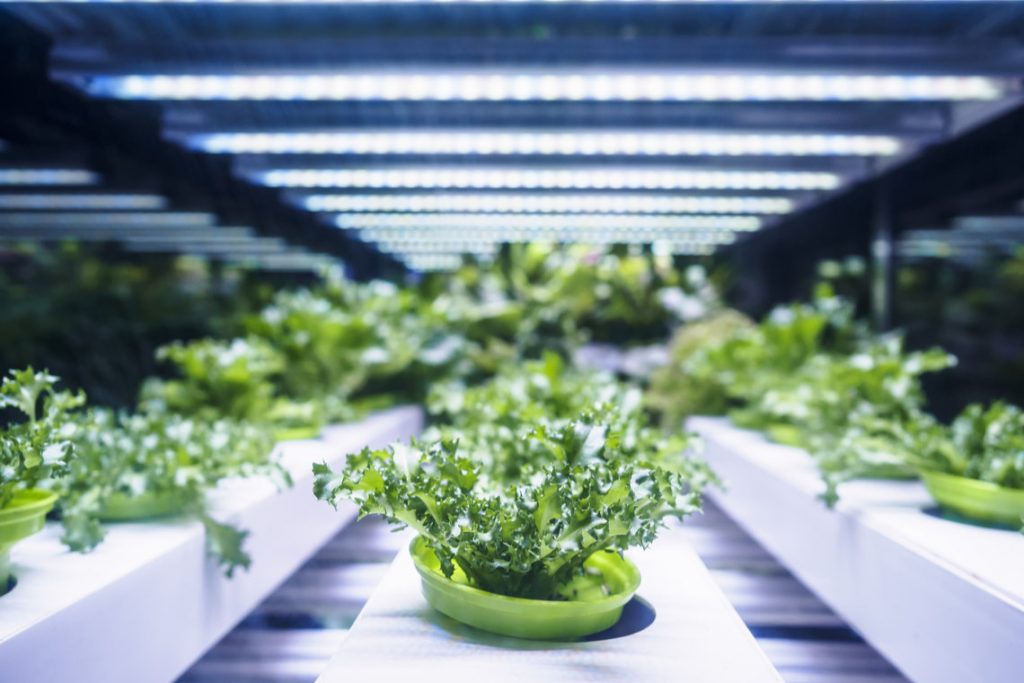
Grow lights belong to the red, blue, and UV spectrum of light and have variable efficiency. They are used for a plant’s health and growth. On the other hand, regular lights belong to the entire white spectrum range and have good efficiency. They are used in our everyday life to light up our surroundings.
Grow Lights
It is an artificial light source used in photosynthesis as it belongs to the required spectrum of light. In photosynthesis, light energy is converted to a form of energy used by plants to grow and produce. So, grow lights are found when people want to grow plantations inside the house or for plants that require a specific set of wavelengths.
[amazon box=”B07ZHY1B4C”]They can be bought as individual bulbs or as part of a set when users wish to concentrate the light. Different grow lights have specific uses that can affect a plant’s health. They can also harm human eyes as the light emitted by them is too strong. So, precautions must be taken while using them.
Who Can Use Grow Lights?
While deciding between grow lights vs. regular lights, one can get confused about whether a particular kind of light is suitable for their requirements. But there is no need to fret. Grow light can be used by anyone, be it a commercial grower or hobbyist, who plans to grow vegetation that requires wavelengths of light emitted by the sun.
Grow lights help get plants (like herbs and flowers) more established and provide seedlings the extra boost they require before planting. They are also very popular in commercial set-ups and greenhouses where they need to look extra healthy.
Common Types of Grow Lights Used
Some of the most frequently used grow lights that help in plant growth include:
High-Intensity Discharge (HID)
HID bulbs are particular and provide spectral ranges of red or blue, depending on our requirements. But they can be interchanged for the different stages of growth of a plant. The light is produced between tungsten electrodes that have been fused with alumina inside a tube by creating an electric arc. The output level is very high, and thus, HID bulbs are mostly used by commercial growers.
[amazon box=”B07VL8FZS1″]Fluorescent
Fluorescent bulbs mostly provide blue wavelengths. They also offer a full spectrum of white light that benefits plants greatly in their early stages of growth. These bulbs are the right choice if you want to grow plants indoors as they emit less heat and last long.
[amazon box=”B00HEYCRI8″]Fluorescent lights can be found in the form of tube lights or CFL (compact fluorescent) reflectors. Even though it is an energy-efficient option compared to incandescent lamps, they tend to be expensive.
Light Emitting Diodes (LED)
LED’s emit low heat and are both small and efficient. They can be combined with other forms of grow lights to customize the light spectrum according to our requirements. LED’s are useful during all stages of plant growth as they can produce more than one wavelength at the same time when used in a panel. This is the latest technology available in the market and is also customer friendly.
[amazon box=”B07RTWMTX3″]Incandescent Grow Lights
This is the least expensive option available. It provides a high heat output but is the least energy-efficient, making it the weakest contender in the market.
[amazon box=”B000HJ743U”]Metal Halide lights
The light source is created by mixing mercury vapor with metal salts. They are also mostly used by commercial growers and use a unique fixture.
[amazon box=”B07MQRFMP2″]Pros and Cons of Grow Lights
Pros
- Provides the required wavelength of the light spectrum
- Low energy is used
- Low heat output, so the bulbs do not get overheated
- Helps plants in the process of photosynthesis
Cons
- Can damage the human eye
- Costlier than regular lights
- All stages of plant growth are not supported by an individual grow light. It needs to be customized.
Regular Lights: Light up Our Path
The primary purpose of regular light is to light up dark spaces. They provide us light to read and work comfortably and brighten up our house as the sunsets. They are found everywhere, be it our vehicles, garages, or the front porch.
[amazon box=”B00A282UNK”]These regular lights are mostly available as bulbs but provide various options to choose from, depending on the shape, colour, style, or the bulb socket available. Specialized lights need to be decided based on size and compatibility, like the ones used in cars.
Regular lights have a large heat output and can get overheated easily. So, they must be placed away from human skin to avoid accidental burns.
Who Can Use Regular Lights?
These are the most used lights and can be spotted everywhere around us. They help us to get by in our daily lives by lighting up our working space and homes. Regular lights guide us through the darkness and make visibility better.
They are also a significant part of the entertainment industry as they govern what we see on our electronic devices, like phones, tablets, television, video games, and computer screens. The lights can also be specialized to help us see things that would usually be invisible to us, and a particular spectrum of it also helps keep our body warm during winter months.
Common Types of Regular Lights
People are becoming more aware of energy conservation, efficiency, and safety of regular lights. So many kinds of bulbs are phased out of use and new and better ones introduced. The ones found today are:
Incandescent Bulbs
They once used to be the most popular choice. But with increased awareness, these were phased out. Safer and efficient decisions were brought into action.
[amazon box=”B07PMLV6LD”]Halogen Bulbs
They can be used to light up large areas and thus are used in high vaulted ceilings. Halogen bulbs are warm when touched and need proper airflow and ventilation so that overheating can be avoided.
[amazon box=”B00X4OS948″]CFL (Compact Fluorescent Bulbs)
CFL is the most long-lasting choice as they are steady. They emit a white spectral light that does not harm the eyes. Their heat output is low, so it can easily be used in recessed lighting units.
[amazon box=”B00M6SR1JM”]LED (Light Emitting Diodes)
These can emit specific wavelengths from the light spectrum like grow light LEDs. They are also relaxed when touched and a long-lasting choice.
[amazon box=”B06Y3H7V4L”]Pros and Cons of Regular Lights
Pros
- Cheaper choice
- Readily available all around us
- Numerous daily uses
- Energy efficient
- Long-lasting
Cons
- Wavelengths provided are narrow
- Does not support photosynthesis and thus plant growth
- Heat output is very high
The Best Lighting for Your Needs
Grow lights vs. regular lights are very different from one another and used for specific purposes. Grow light supports photosynthesis and aids in the various stages of plant growth.
They are used when the plants need to be grown indoors, and thus natural light is limited. Grow lights tend to mimic the spectral wavelengths that are provided by the sun’s light.
Regular lights are found everywhere around us. Regular light is a part of our daily lives and aid us in our everyday activities. Regular light is not suitable for plants’ care as their wavelengths are not concentrated enough.
If you plan to grow plants indoors as a hobby or a commercial supplier, you must grow light to satisfy your wavelength requirements. But regular lights can be used to light up your house.

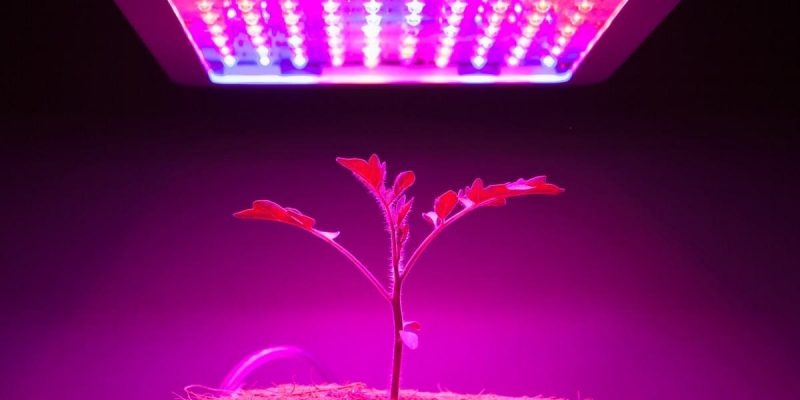

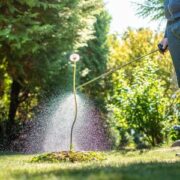
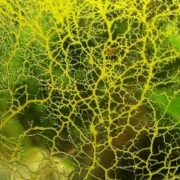
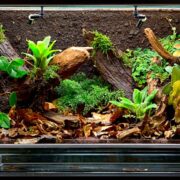
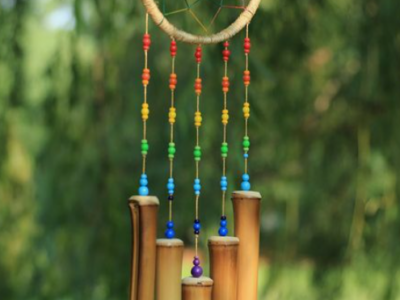
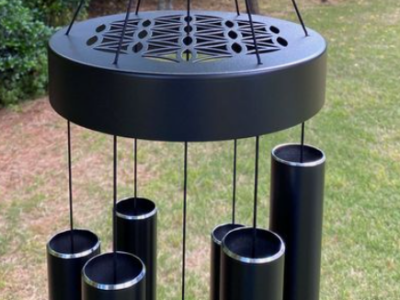
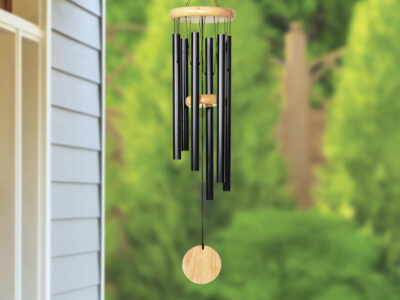




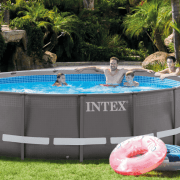
Comments